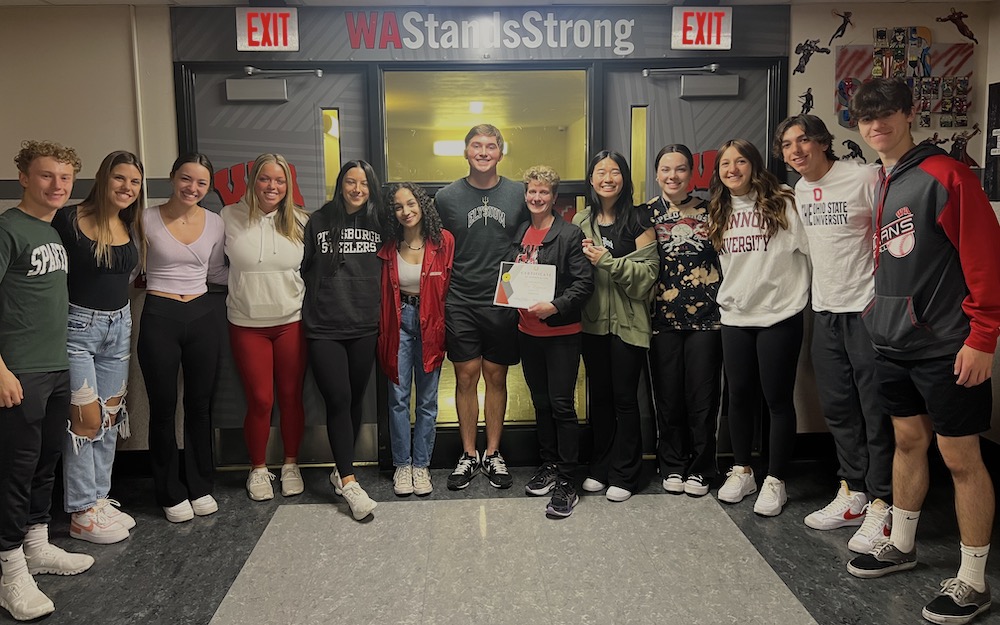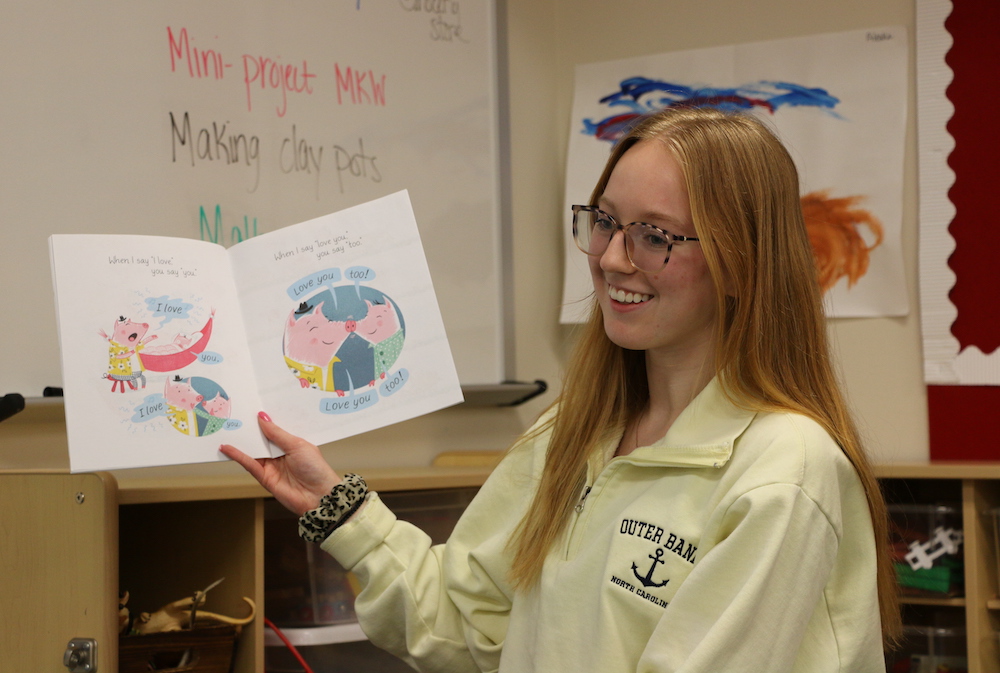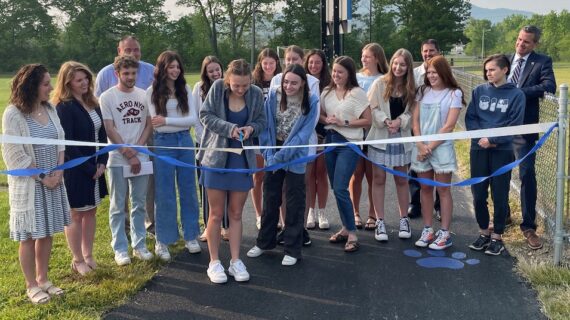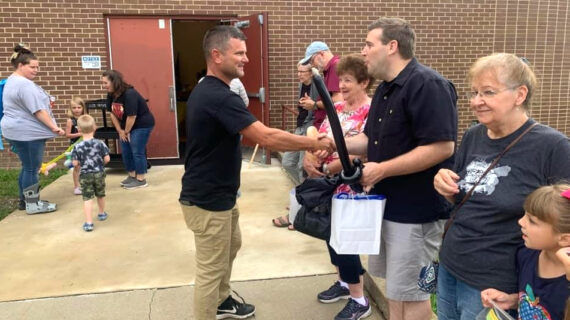
How the West Allegheny School District is lighting the way toward tomorrow
This story is one in a series created in collaboration with the AASA Learning 2025 Alliance to celebrate the work of groundbreaking school districts in the Pittsburgh region. Kidsburgh will share these stories throughout 2023.
If there’s one image that students in the West Allegheny School District know well, it’s the arrivals and departures of cargo and commercial jets overhead. The district’s boundaries envelop the Pittsburgh International Airport, where every day, more than 400 flights connect the region to the rest of the country.
And that’s how Jerri Lynn Lippert likes it.
“When you’re connected at the national level, you get a deeper pool of ideas and best practices,” explains the district’s superintendent. “And that’s really important for districts that don’t want to stagnate.”
It’s a belief forged from experience. Lippert, a veteran of Pittsburgh Public Schools, knows firsthand how large, urban districts can leverage national partners, whether adopting ideas from the Aspen Institute or landing grants from large foundations. She also knows how districts like West Allegheny — suburban, small, and off the national radar — can be left out of opportunities that would otherwise benefit students. “And that,” she says, “is a problem we’re determined to fix.”

Lippert’s resolve brought West Allegheny to the Western Pennsylvania Learning 2025 Alliance, a cohort of school districts working together — and with peers across the country — to create student-centered, equity-focused, future-driven schools that prepare every learner for tomorrow. Led by local superintendents and AASA, The School Superintendents Association, the Alliance convenes for workshops, networking, and professional development that helps districts like West Allegheny do what they do best: connect with ideas and resources that equip their students to thrive.
“The diversity of thought we’ve been exposed to [through the Alliance] has been really invigorating,” says Shana Nelson, the district’s assistant superintendent for curriculum, instruction, and professional learning. “It’s helped us take what we’re already doing well and elevate it to the next level.”
Consider West Allegheny’s Early College in High School Academy, one of the most remarkable dual-credit programs in the country. Nearly three-fourths of the district’s juniors and seniors — and more than half of its sophomores — are taking courses eligible for college credit, officials say. Moreover, West Allegheny covers the full cost of the courses for any student from a historically underserved group or whose family has financial hardships.
“It’s a system-wide approach to equity that gets students on track for college while they’re still in a structured, supportive high school environment,” Lippert explains. “And it helps make their transition to college more seamless, because they don’t graduate wondering, ‘Well, now what?’”
Their transitions are so seamless, in fact, that some students earn degrees before they’ve even finished high school.
Lippert cites a student who earned two associate’s degrees while at West Allegheny High School: “He’s currently attending Robert Morris University as a junior, even though it’s his first semester on campus,” she says. “We have so many stories like that. Parents are saving a significant amount of money, and in some cases, they’re able to afford master’s degrees for their children. That’s something that might not be possible without our program.”
Thanks in part to connections forged through the Alliance’s national network, West Allegheny has expanded the program to meet even more students’ needs. Courses prepare learners for careers in healthcare, business, education, engineering, skilled trades, and — fittingly for a school district that boasts an airport — aviation.
Of course, airports are more than portals to other places. They’re also beacons people can look to as they navigate uncertain skies. So it’s no wonder that in 2022, AASA named West Allegheny a “Lighthouse” district for its Early College in High School Academy. The prestigious designation — awarded to just 21 school districts out of more than 13,000 nationwide — celebrates West Allegheny as a model for the rest of the country.
Officials say they’re proud of the designation, because for West Allegheny, “It celebrates the work being done to support students,” adds Lippert. “We’re systems people — our aim is to scale and share what we’re doing so we can help more children benefit.” The Lighthouse designation has helped them do just that, with leaders from around the country descending on West Allegheny to learn from the district’s approach.
And West Allegheny won’t stop there. With support from the Alliance, the district seeks to address the systemic challenges of teacher shortages and lack of diversity in the educator workforce.
“We want our workforce to reflect our student population,” notes Lippert. By seeking grant funding, the district looks to develop a teacher preparation program to recruit, train, alternatively certify, and retain highly effective teachers. “We talk a lot about systems, but we also put a lot of heart into educating students. And we want to enhance the culture we’ve created of seeing and believing in every child.”
Nelson agrees. “What I’m most proud of,” she says, “is our focus on systems and on individuals. Removing barriers to students’ success requires attention to both.”
It’s not always easy, but through creative partnerships and intentional design, “I think we’re figuring it out in some exciting ways,” she adds. “And we’re proud of that, because it’s what our students deserve.”
Want to download this story? Click here for a PDF.













